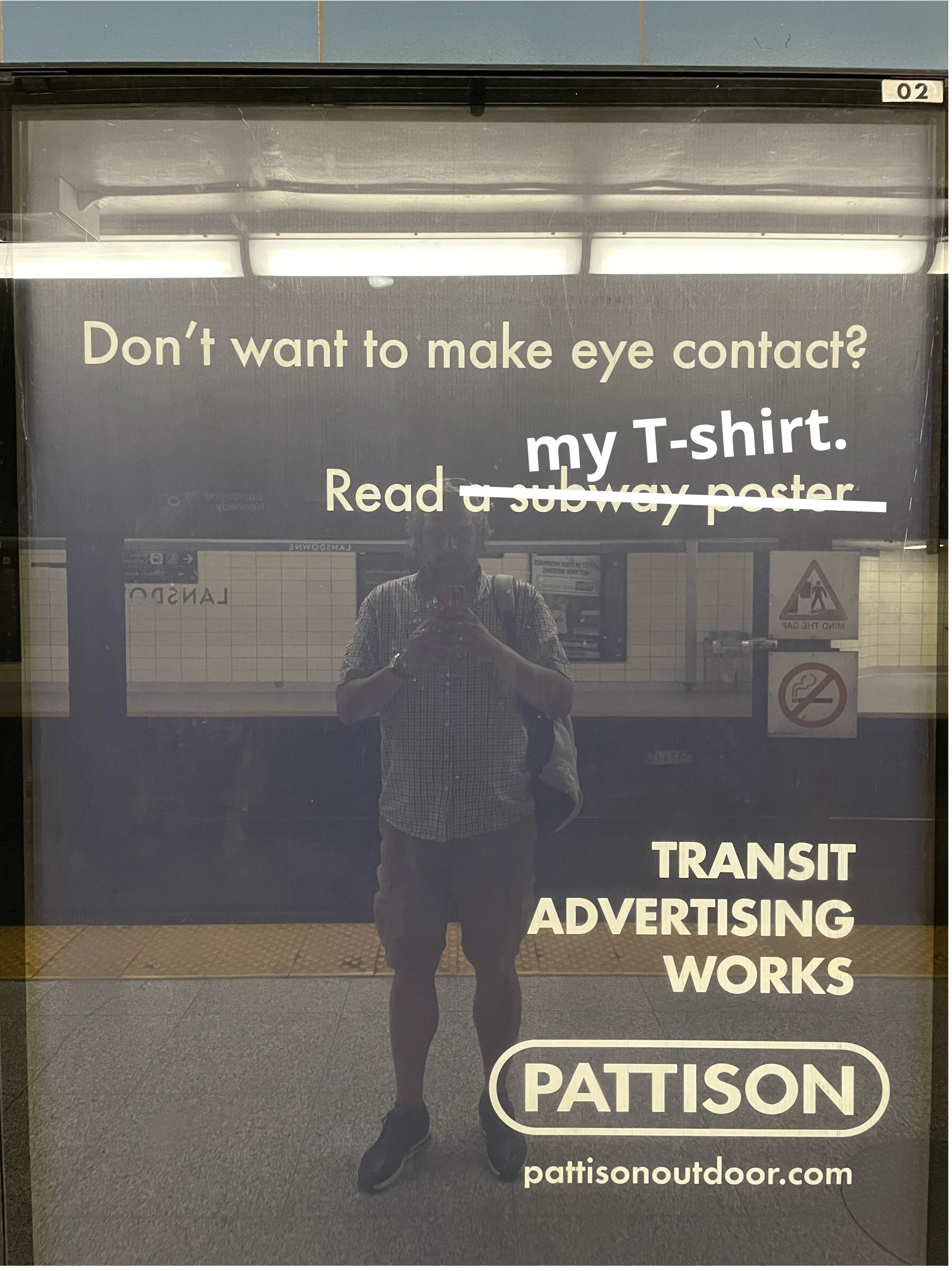The Shirt That Spoke First
By Ramin Beyraghdar
She was walking through Harlem, beneath the city’s lattice of fire escapes and shadows, wearing a T-shirt bearing a sentence in Persian: “T-shirt for starting conversations” I had designed that shirt for her.
A man, catching a glint of unfamiliar script, slowed beside her.
“I know Arabic,” he said. “But this, I don’t recognize.”
So she started translating—not just the text, but herself. Fifteen minutes later, they were inside a bar, orbiting each other through words, exchanging ideas about everything and nothing. At the end, she smiled and said, “Now you know what it was saying.”
It was never only a shirt, nor merely a sentence. It was a device, an antenna, a cipher. Worn close to the skin, yet meant for the outside world. I had designed it without knowing it would become that moment. But isn’t that what writing does? It travels further than we intend, finds strangers we were never meant to meet.
In cities mapped by signs, signals, and permanent elements, we who call ourselves place-makers often forget that designing the experience is not always bolted to the wall or poured in concrete. Sometimes, it walks.
Text T-shirts are not just apparel. They are declarations in search of dialogue. They suspend the usual choreography of interaction, skip introductions, puncture silence, rearrange the order of speech. The body becomes a site of sign, the self a surface of broadcast.
They trace their lineage back to the 1960s, when words first leapt from mouths to chests, radical, ironic, yearning. Each slogan, each quip, was a fragment of public thought sewn into private attire. Over decades, they slipped from protest to parody to personality. Yet always, they marked space, like graffiti, like a roaming touchpoint, like the line where a path divides.
They altered how a person was seen or how they entered a room. They turned sidewalks into sentences, lobbies into questions.
A text T-shirt speaks without speaking. It replaces monologue with curiosity, turns the solitary into a shared moment. Like a misplaced sign in a sterile hallway, it introduces friction and feeling. A phrase, worn just so, can redirect attention, trigger a question, become a minor legend.
After the event ends, after the room empties and the lights dim, the wearer leaves. But the sentence stays, not physically, but in memory, in retellings. The shirt becomes epilogue.
And so, with each T-shirt design, I ask: what do I want to echo in someone else’s story?
Maybe next time, I’ll design one for him:
“T-shirt for going to the next level”

